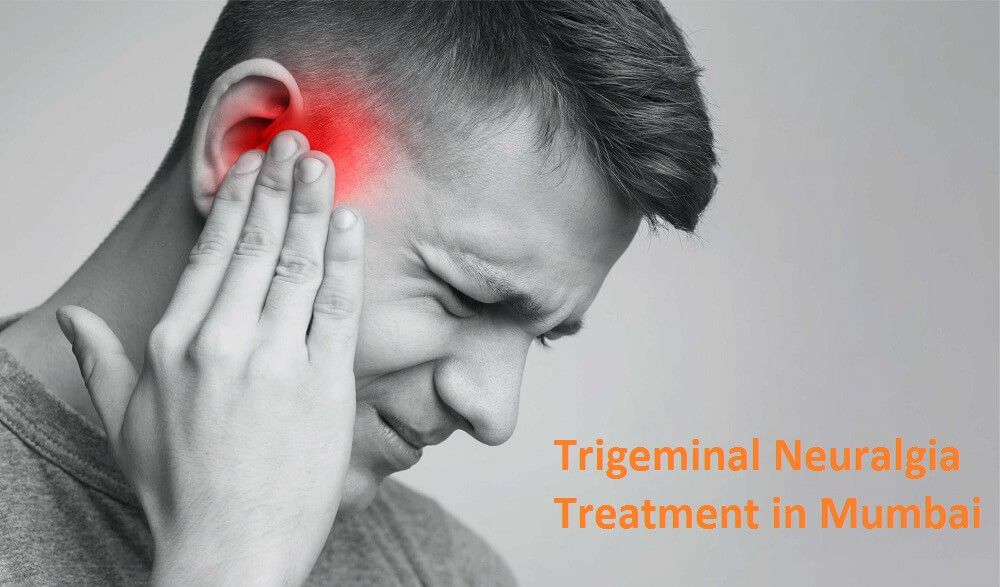Trigeminal Neuralgia, often described as one of the most excruciatingly painful conditions known to medicine, is a neurological disorder affecting the trigeminal nerve, responsible for transmitting sensations from the face to the brain. The intense, stabbing pain associated with trigeminal neuralgia can significantly impact a person's quality of life. In this article, we delve into the complexities of trigeminal neuralgia and explore various treatment options available to alleviate its debilitating symptoms.
Understanding Trigeminal Neuralgia:
Trigeminal Neuralgia is characterized by sudden, severe, and electric shock-like facial pains, typically affecting one side of the face. The trigeminal nerve, responsible for facial sensations, may experience abnormal firing of signals, leading to excruciating pain, often triggered by seemingly routine activities such as brushing teeth, touching the face, or even exposure to a gentle breeze.
Symptoms and Triggers:
Severe Facial Pain: The hallmark of trigeminal neuralgia is intense, stabbing pain that lasts for a few seconds to minutes, recurring in episodes.
Trigger Factors: Everyday activities like chewing, talking, or exposure to certain sensations on the face can trigger sharp jolts of pain.
Unilateral Pain: Trigeminal neuralgia typically affects one side of the face, often around the eyes, nose, lips, or jaw.
Sudden Onset and Remission: Pain episodes can occur suddenly and may go into remission, leading to periods of relief.
Diagnostic Challenges:
Diagnosing trigeminal neuralgia can be challenging, as its symptoms may mimic other dental or neurological conditions. Thorough clinical evaluations, medical history assessments, and sometimes imaging studies are employed to rule out other potential causes of facial pain.
Treatment Options:
Medications:
Anticonvulsants: Medications like carbamazepine or oxcarbazepine are commonly prescribed to stabilize nerve firing and alleviate pain.
Muscle Relaxants: Baclofen may be prescribed to relieve muscle spasms that can contribute to trigeminal neuralgia.
Surgical Interventions:
Microvascular Decompression (MVD): This surgical procedure involves repositioning or removal of blood vessels compressing the trigeminal nerve.
Rhizotomy: Nerve ablation procedures, including radiofrequency rhizotomy or glycerol injection, aim to disrupt pain signals.
Neuromodulation:
- Gamma Knife Radiosurgery: Precise radiation is directed at the trigeminal nerve to create a controlled lesion, reducing nerve activity.
Botulinum Toxin Injections:
- Injections of botulinum toxin (Botox) into specific facial muscles can provide relief by reducing nerve-related muscle contractions.
Alternative Therapies:
Acupuncture: Some individuals find relief through acupuncture, targeting specific points to rebalance energy flow.
Biofeedback: This technique teaches individuals to control physiological responses, potentially reducing pain perception.
Individualized Treatment Plans:
Given the varied nature of trigeminal neuralgia, treatment plans must be tailored to each individual's unique symptoms, triggers, and responses to different interventions. Multidisciplinary approaches, involving neurologists, pain specialists, and surgeons, may be employed to address the complex nature of the condition.
Managing Emotional Impact:
Living with trigeminal neuralgia not only involves physical pain but can also take a toll on mental and emotional well-being. Support groups, counseling, and mindfulness techniques may play a crucial role in coping with the emotional challenges associated with this condition.
Conclusion:
Trigeminal neuralgia presents a formidable challenge to those affected, requiring a comprehensive and individualized approach to treatment. While there may not be a one-size-fits-all solution, the array of available treatments, ranging from medications to surgical interventions, provides hope for managing and alleviating the intense pain associated with this condition. Collaborative efforts between medical professionals and individuals living with trigeminal neuralgia are essential to navigating this complex landscape and finding the most effective and personalized treatment strategies.
Article Written By
Vishal Yadav


Comments
Post a Comment